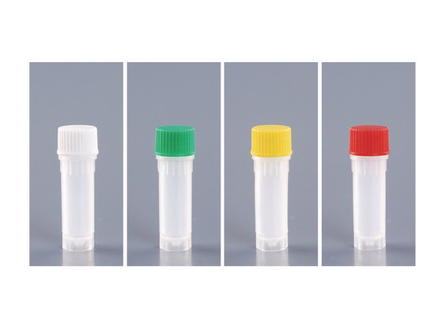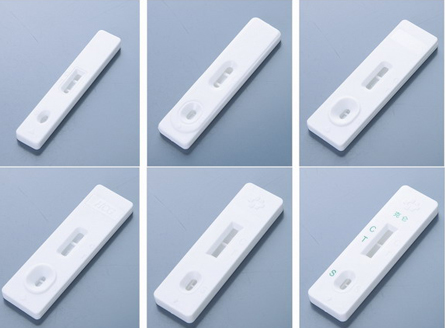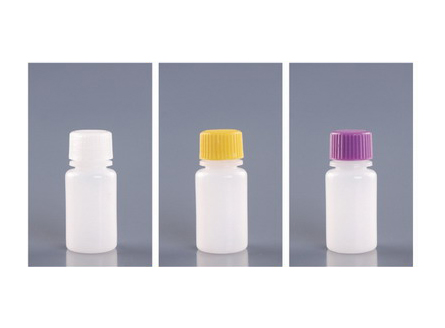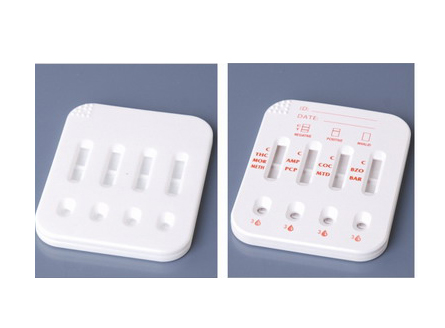
 Serum bottle
Serum bottleThe sealing of the mouth and cap of the s...
 Gold Label Single Card
Gold Label Single CardThe gold label single card includes a mat...
 Wide mouthed reagent bottle
Wide mouthed reagent bottleThe wide mouthed reagent bottle adopts in...
 Porous card board
Porous card boardPorous card boards can hold multiple dete...
FAX:+86-317-4052076
Email:czycgs@163.com
Web:www.xysjcz.com
Address:Du Sheng Xiang Xiao Liu Village, Cang County, Cangzhou City, Hebei Province
Current Location:HOME > NEWS > Frequently asked questions >
NEWSThe application of colloidal gold technology in the detection of heavy metal and
Heavy metals are toxic environmental pollutants that have varying degrees of residue in agricultural and livestock products. With the acceleration of industrialization, heavy metals enter through the biological amplification of the food chain, causing long-term accumulation in the human body and posing a serious threat to human health. Immunocolloidal gold detection technology has the advantages of detection, low cost, simplicity, portability, and strong selectivity, and can be used for on-site testing. In on-site spot checks and import/export customs clearance testing of agricultural and livestock products, colloidal gold test strips are used to preliminarily measure the content of heavy metal ions in the products. Based on the color depth on the test strips, it is determined whether the content of heavy metal ions exceeds the standard. If it exceeds the standard or is close to the standard, chemical methods can be used to determine the content of heavy metal ions. Using immunocolloidal gold diagnosis to preliminarily test the content of heavy metal ions in agricultural and livestock products can save time, accelerate the detection process, and improve the efficiency of on-site sampling and customs clearance testing. At present, an immunocolloidal gold detection method for pollutants has been established and applied to the analysis and detection of heavy metal ions. So far, the immunocolloidal gold detection technology has been successfully used for the detection of indium, mercury, pickaxe, lead, and uranium in water. The colloidal gold test strip also demonstrates its advantages in toxin detection. Suitable for on-site testing; The colloidal gold test strip has been successfully developed, and some even have twice the sensitivity of ELISA detection methods. Shyu et al. developed a colloidal gold test strip for detecting ricin, which has sensitivity and specificity comparable to ELISA methods. Timo, Zuo Tingting, and others used colloidal gold labeling technology to develop test strips for detecting type A, B, D, and E botulinum toxin, with sensitivity even reaching 50pg/mL
